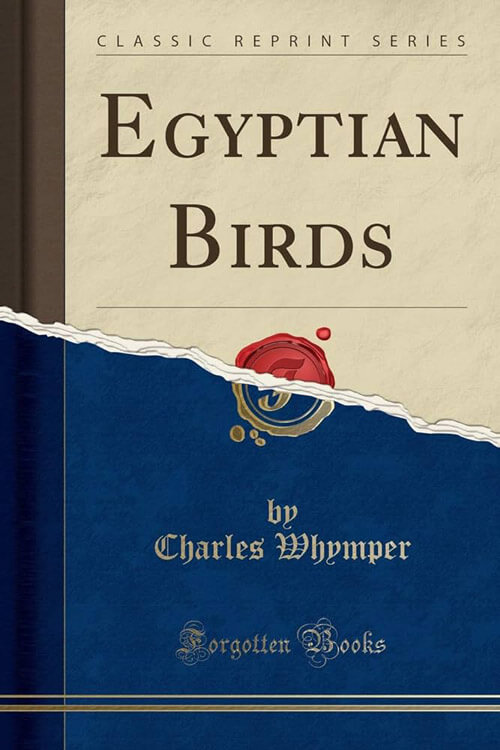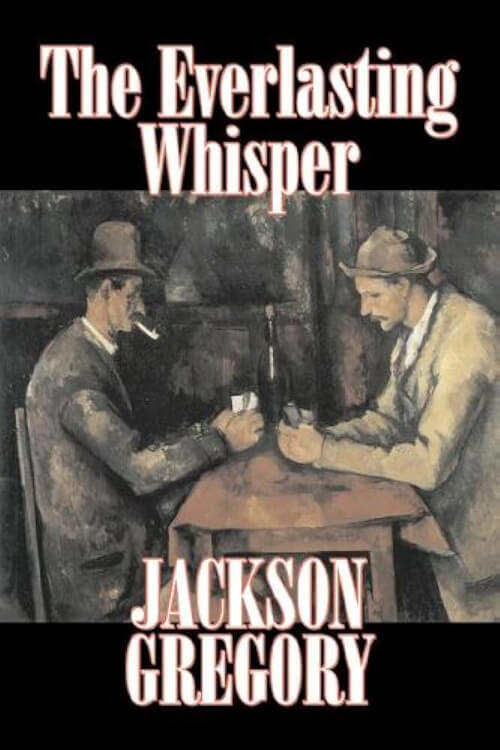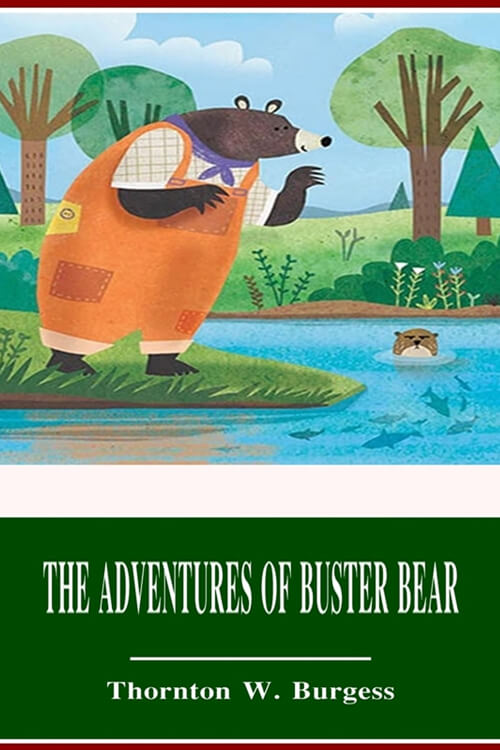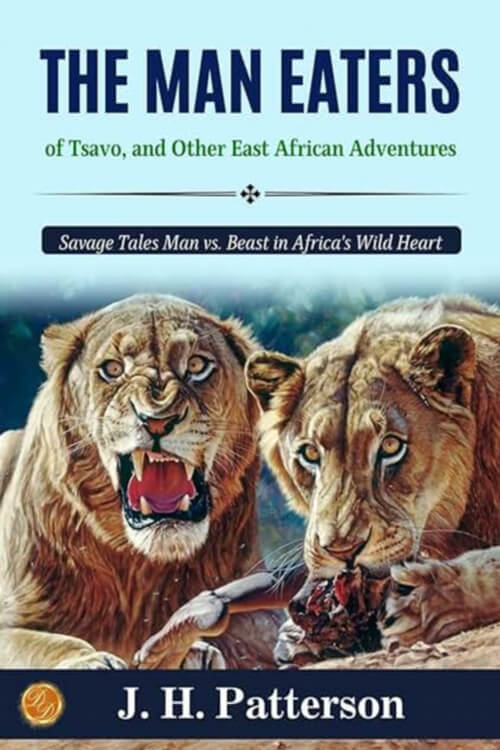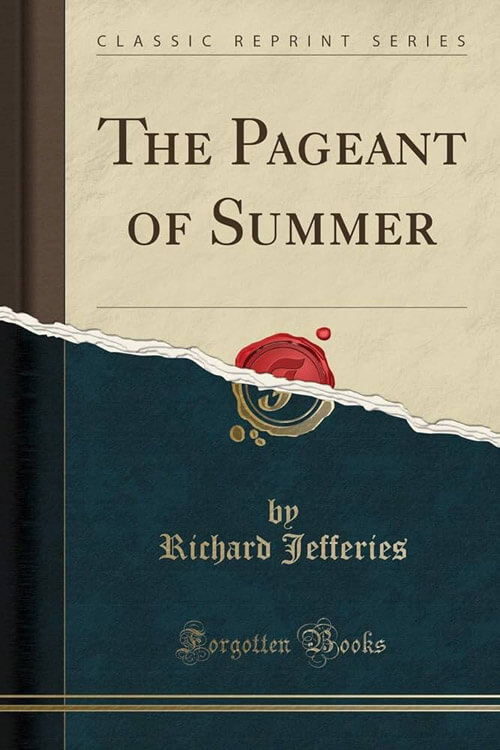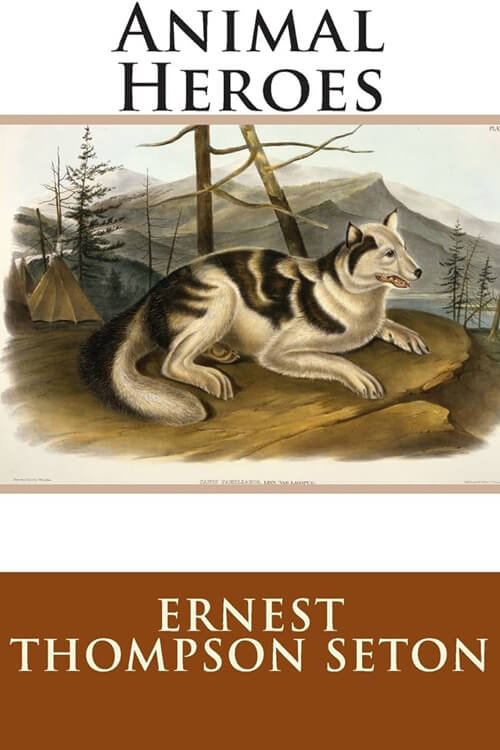
Egyptian Birds For The Most Part Seen in the Nile Valley
No. 2 is the Kestrel, or Windhover of England. As this hawk is not a devourer of carrion but feeds on mice, lizards, beetles, and other living things, it does not usually come so near the habitations of men. It is rarely seen in the centre of cities, but it is familiar enough on the outskirts of towns and up the country. When seen hovering with its body hanging in mid-air, with its wings rapidly beating above its head, there should be no difficulty in recognizing it. Again, when flying low, its rich brown-red plumage and sharp-pointed wings should be noted, and if seen dashing into some cleft of ruined masonry or rocky cliff-side, it can often be identified by the constant, penetrating, squeaky call of the young in the nest, for by the time most visitors are in the country, i.e. March and April, it has it’s young nearly fully fledged.
No. 8 is a Peregrine Falcon. In general shape, this is typical of all falcons and gives a characteristic attitude in its rushing downward swoop. The head is blunt and sunk into the shoulders, the wings are stiff, rigid, pointed, and powerful, and the tail is straight and firm.
Nos. 4 and 5 are Vultures shown flying farther away from the spéctator’s eye and consequently on a smaller scale. The black and white of the adult Egyptian Vulture, No. 4, is such a distinctive characteristic that recognition is easy. Still, in the case of the young bird, the plumage is dirty brown and grey with faint dark streaks on it, and at that stage, it might be confused with Griffon Vultures if it were not for its smaller size. In flying, the way it tucks its head in so that only its bill seems visible and the tiny tail in proportion to the wing area is the outstanding peculiarities of this, and indeed all Vultures.
No. 5 shows a distant group of Griffons, purposely placed at a distance, as on the small space of a page. If they were brought as near the eye as the other birds, they would completely cover the whole space, for they have an enormous span of wings. Note how small the tail is and how the head is practically invisible.
Read or download Book
Charles Whymper
Illustrator and painter Charles Whymper (1853-1941) was born on 31 August 1853 in London.
Biography.
His father, Josiah Wood Whymper (1813-1903), was a well-known painter and engraver. Whymper was educated at the Royal Academy Schools. He exhibited at the Royal Academy, Royal Society of British Artists, Royal Institute of Painters in Watercolors, the New Gallery, and the Fine Art Society, London.
In 1909, Whymper was elected to the Royal Institute of Painters in Watercolors. He was a prolific book illustrator specializing in travel, animal, and hunting themes and contributed to The Illustrated London News, Good Words, and The English Illustrated Magazine. Whymper died on 25 April 1941.

